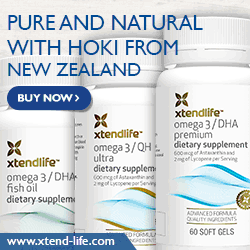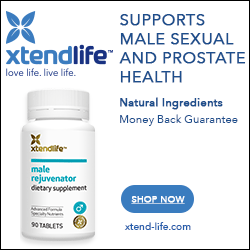Do Sugary Drinks Kill?
A story…
Back when we still lived in Ohio, I used to shop at a regional grocery store chain, “Meijer.” Meijer stores were one of those convenient, full service grocery/department store hybrids, so quite handy when I needed to – say – pick up some printer cartridges and something for dinner.
The local Meijer store also had its own soda fountain – you could buy a ginormous plastic cup at the checkout stand, and then fill it up at the self-service dispenser on your way out of the store. I never bought one of these (ugh), but plenty of people did, since the cashiers frequently prompted a purchase. Like the magazines, chewing gum and candy, the soda cups were about encouraging last minute, impulse buying.
One day, I found myself standing in line behind a woman who was approximately my own age, with her teenaged daughter in tow. The daughter looked to be maybe 15 or 16… she was petite and fashionably thin – with the exception of her prominent “baby bump” (I guesstimated she was 6 – 7 months along). Upon seeing the stack of plastic cups at the check stand, she asked her mother to buy her a soda… and “Mom” immediately smiled and nodded her approval. The request didn’t even make her blink – it seemed totally routine.
At that point, you could have knocked me over with a feather. As noted, this girl was thin… while many pregnant girls/women take “eating for two” a little too seriously, she wasn’t one of them: her face, hips, arms and legs did not betray an ounce of surplus “baby” fat. Yet there she was, contentedly slurping on a pint-and-a-half of Coke (minimum) while her mother finished paying for the groceries. I hoped, for the baby’s sake, that this wasn’t a regular habit, since it would be tough to both remain skinny AND suck down a daily bolus of ~300 empty calories, unless the soda calories were displacing those from more nutritious sources.
As an aside, I also felt like whacking the mom with my purse. 15 – 16 year olds don’t always make good choices, but it goes without saying that their bad choices shouldn’t be aided and abetted by their parents. If one of my kids had asked for a bladder-buster soda at the grocery store, the answer would have been a firm no (not that they ever asked – they were almost as disgusted by the checkout soda hustle as I was).
But I digress… the point of the anecdote is to illustrate that there’s another side to the discussion of sodas/sugar-sweetened beverages and their impact on public health. The obvious one is the direct effect of excess sugar intake… but the other is the indirect effect of what people may/may not be eating, adjacent to their soda consumption. In the case of the pregnant teenager, I wasn’t thinking so much about what she was drinking, vs. what it suggested about her overall dietary habits (and the effect that this – not the soda per se – might have on a developing fetus).
I’m having much the same thoughts after reading reports about the new Harvard study discussed here… “Sugary drinks kill 180,000 people around the world, study suggests.” To be sure, correlation isn’t causation, but I don’t have too much trouble imagining that excess sugar consumption, in the form of sodas and other sweetened drinks, plays some role in increasing disease risk and mortality world-wide.
Nonetheless, this line stood out for me…
“In the U.S., 25,000 deaths were linked to drinking sugary drinks; worldwide, 78 percent of these deaths were in low and middle-income countries, not high-income ones.”
And even here in the US, obesity and obesity-related diseases are more prevalent in poor communities/states. Thus, I think it’s worth asking whether sugary drinks alone are the culprits; or are they more of a marker for energy-rich/nutrient poor, “Westernized” diets (filled with cheap junk and fast foods) and reduced access to healthcare?
In other words, I’m not entirely convinced that studies like this one (as described, that is) can entirely separate the effects of sugary drink consumption from an overall poor-quality diet, and other lifestyle factors related to income (or lack thereof) and opportunity.
This is not to say that we (as a society) shouldn’t discourage the consumption of sodas/sugary beverages – for the most part, they have zero redeeming qualities and make it all too easy to down hefty amounts of sugar – as this 2010 PSA from the NYC Dept. of Health makes clear…
But methinks there’s a risk in focusing on such drinks as “killers” themselves, vs. the high-energy/low-nutrient density diets that they’re often part of.




March 21, 2013
I agree completely. Sugary drinks are only part of the problem. I think they are a pretty big part, but not the only culprit. I also shop at a Meijer store and have seen the humungus soda cups. Not only can you get a 44 oz soda, but you can also get a sugar filled “slushie”.
I shop in the early a.m. and it surprizes me how many people start their day with a few donuts and a 44 oz soda. Unbelievable!
March 21, 2013
Donuts and soda for breakfast? Ewwww…..
Actually, “ewwww….” for any time of the day.
March 22, 2013
Obviously we are missing something. This must be the new “breakfast of champions”.